#New York 1913
Explore tagged Tumblr posts
Text
I Segreti della Biblioteca sulla Quinta Strada di Fiona Davis: Un Intrigante Viaggio nella New York del Passato. Recensione di Alessandria today
Fiona Davis ci guida attraverso i misteri e le storie nascoste della Biblioteca Pubblica di New York in un romanzo che mescola realtà e finzione.
Fiona Davis ci guida attraverso i misteri e le storie nascoste della Biblioteca Pubblica di New York in un romanzo che mescola realtà e finzione. I Segreti della Biblioteca sulla Quinta Strada di Fiona Davis è un romanzo che trasporta i lettori nel cuore della Biblioteca Pubblica di New York, esplorando le sue stanze nascoste, i suoi segreti e le vite di coloro che, nel corso degli anni, hanno…
#Architettura storica#biblioteca e misteri#Biblioteca Pubblica New York#biblioteche storiche#condizione femminile#cultura New York#Emancipazione femminile#Fiona Davis#Fiona Davis autrice#Fiona Davis biografia#gialli storici#I Segreti della Biblioteca sulla Quinta Strada#LETTERATURA CONTEMPORANEA#lettura avvincente#lettura consigliata#libri ambientati New York#libri sugli edifici storici#mistero biblioteca#mistero letterario#narrativa americana#narrativa storica USA#New York#New York 1913#New York anni &039;90#New York cultura#omaggio alla cultura#patrimonio culturale#Personaggi Femminili#Personaggi iconici#protagoniste femminili
0 notes
Photo

199 notes
·
View notes
Text

Woolworth Building completado en 1913, Manhattan, Nueva York
#architecture#history#black and white#woolworth building#new york city#manhattan#20th century#building#skyscraper#new york#united states#1913#historia#arquitectura#blanco y negro#nueva york#edificio#rascacielos#siglo xx#estados unidos
14 notes
·
View notes
Text

Delmore Schwartz, US poet
#Delmore Schwartz#Schwartz#USA#US#United States#American#America#1966#poetry#poet#1960's#1913#1910's#1900's#Brooklyn#New York#NY
4 notes
·
View notes
Text
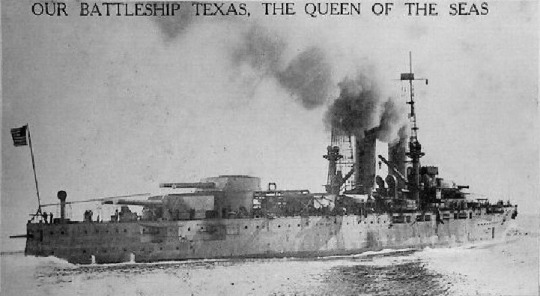
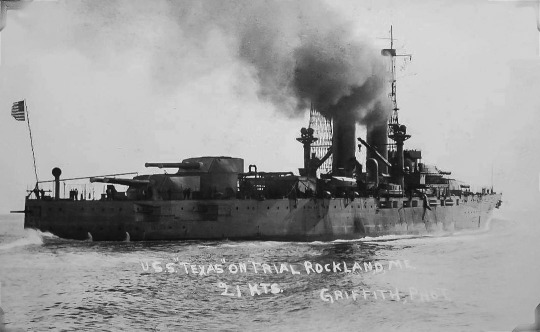
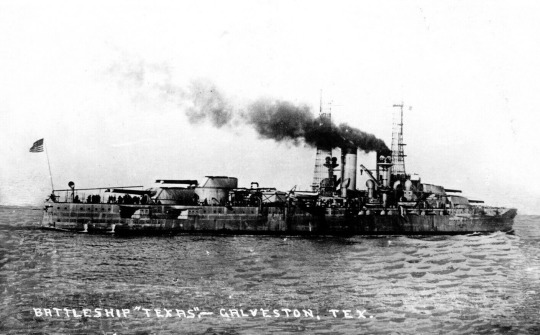
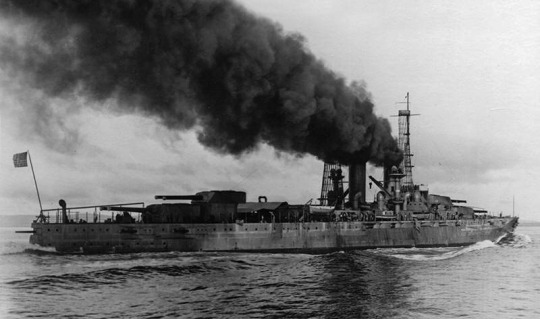
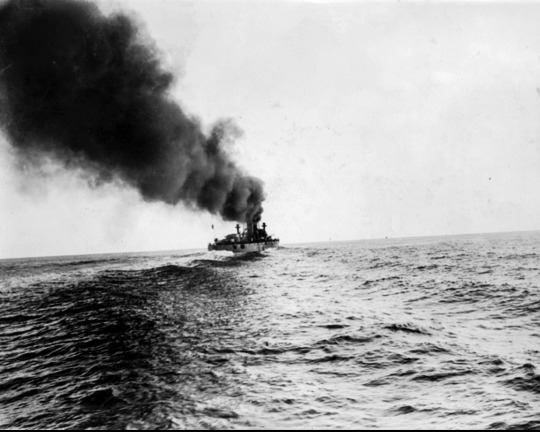

USS TEXAS (BB-35) during her sea trials near Rockland, Maine.
In the modern Navy, she would have been called PCU TEXAS (BB-35). PCU stands for Pre-Commissioning Unit.
Date: October 22-29, 1913
Photo is from Henry Sabuda's Collection: link
source, source, source, source
Mariner's Museum: P0001.014/01-#PN316a, bP0001.014/01-#PN315
#USS Texas (BB-35)#USS Texas#New York Class#Battleship Texas#Dreadnought#Battleship#Warship#Ship#United States Navy#U.S. Navy#US Navy#USN#Navy#Sea Trials#Atlantic Ocean#Rockland#Maine#East Coast#October#1913#my post
11 notes
·
View notes
Text

#A young and dashing Franklin D. Roosevelt as a member of the New York State Senate (circa 1913)#thegymhousedonut#oldschool
24 notes
·
View notes
Text




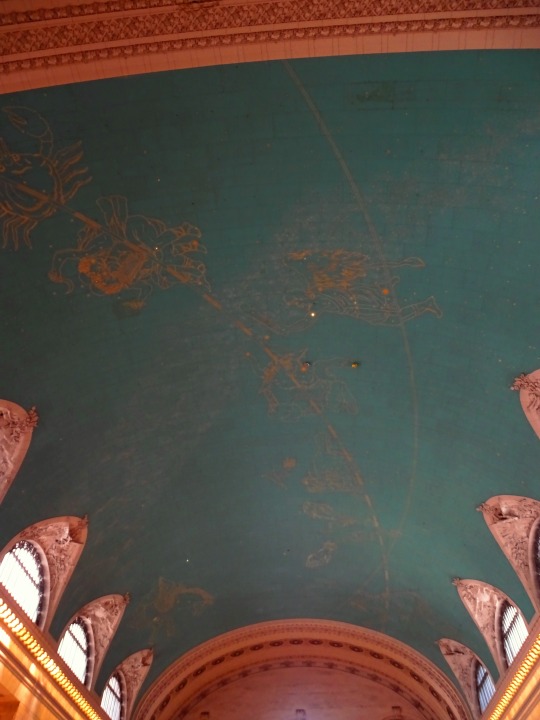
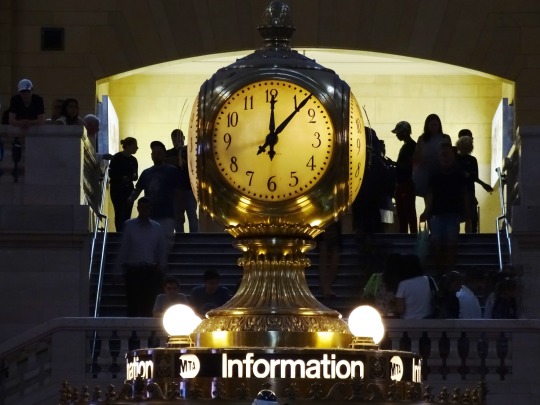
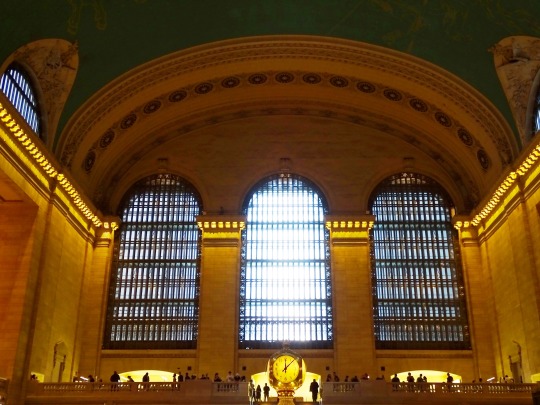
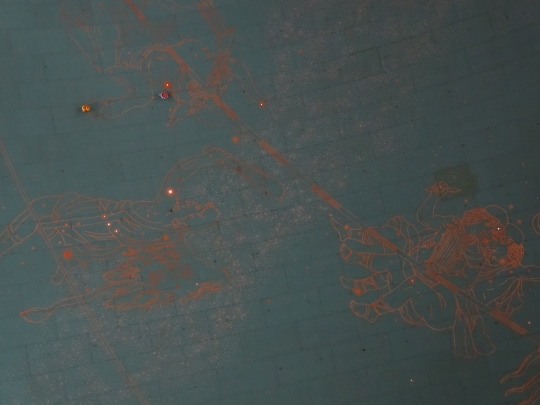
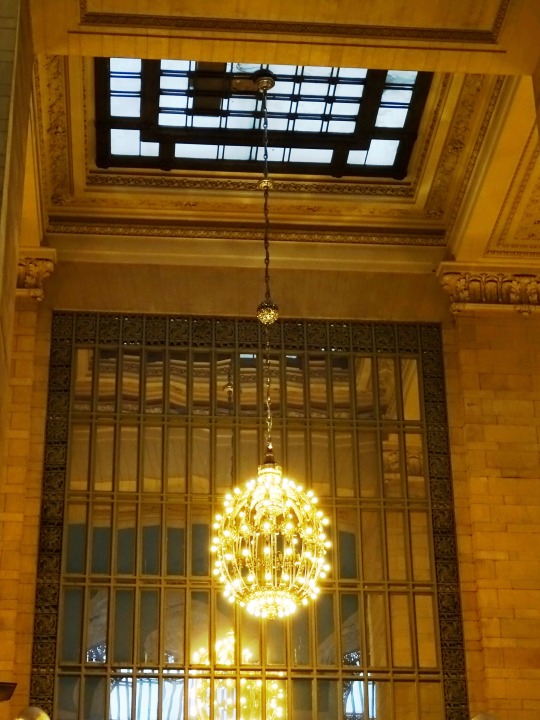
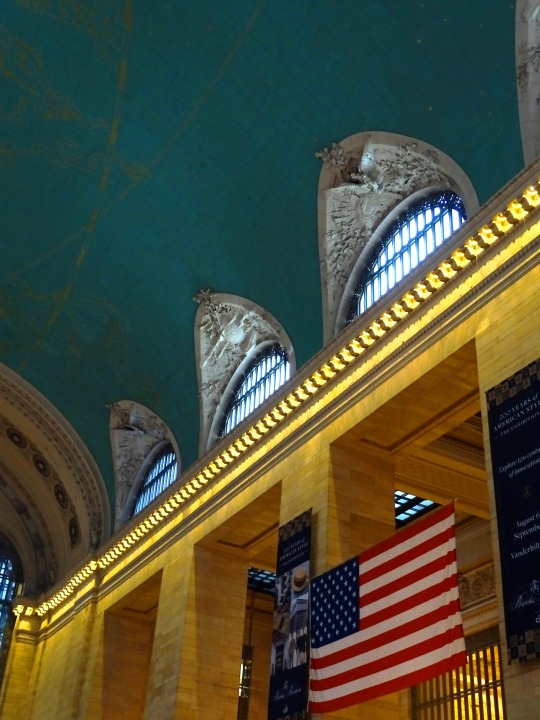



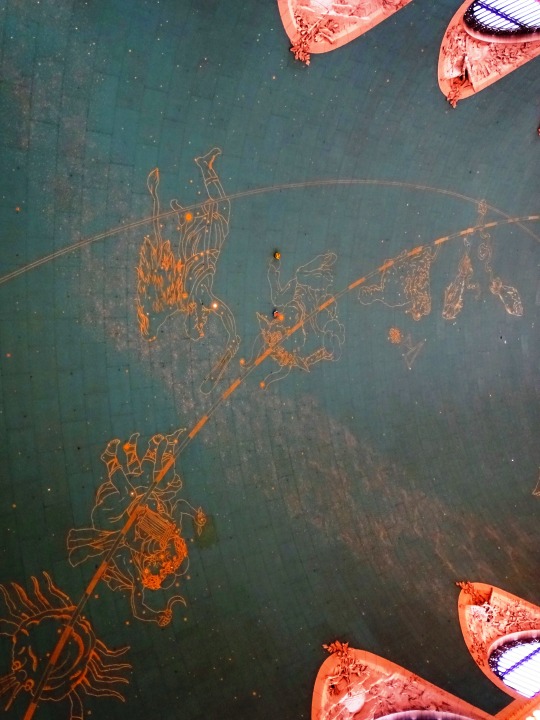

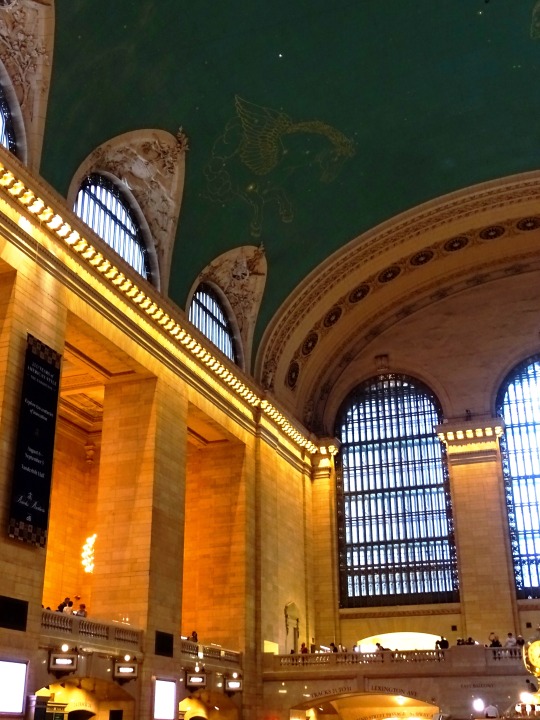

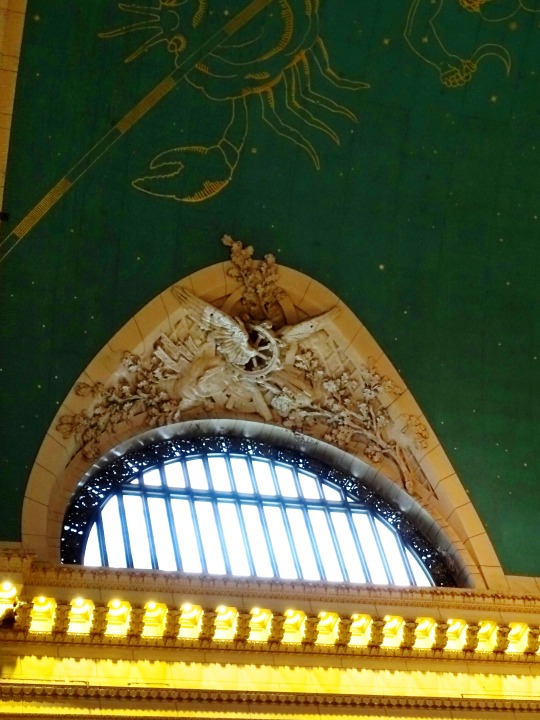
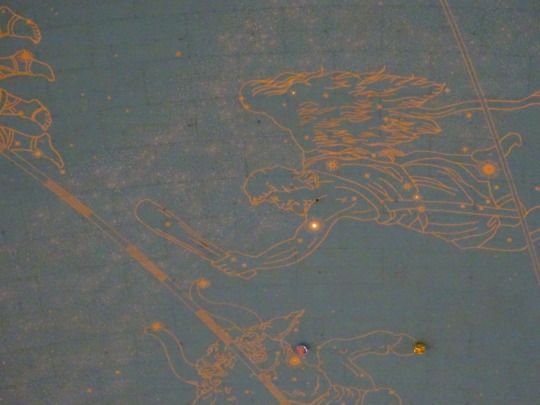



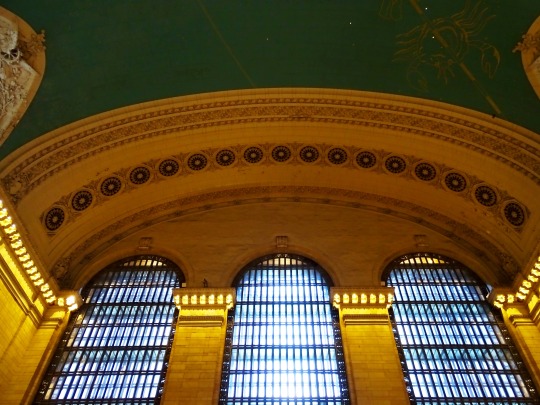
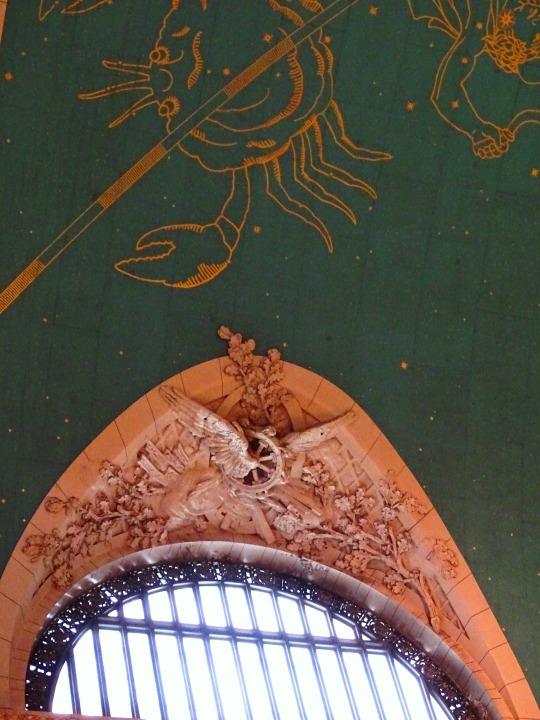


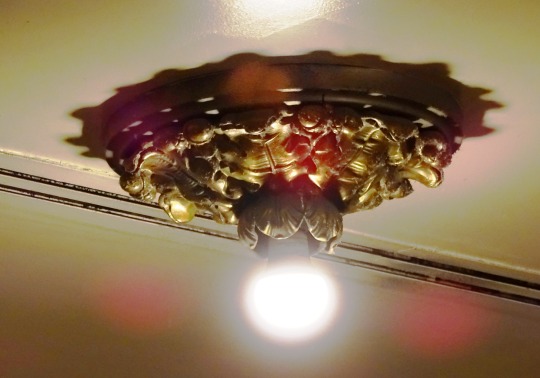

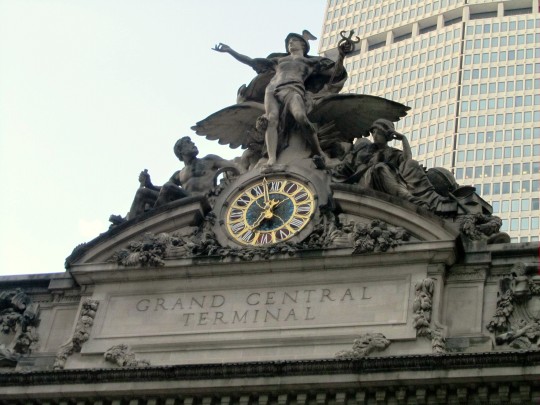

Grand Central Terminal was opened in New York City on February 2, 1913.
#Main Concourse#Grand Central Terminal#opened#2 February 1913#USA#anniversary#US history#interior#exterior#architecture#cityscape#Midtown Manhattan#New York City#89 East 42nd Street#Reed and Stem#Warren and Wetmore#Beaux-Arts#window#chandelier#West Balcony#Main Concourse ceiling by Paul César Helleu#Information Booth Clock#summer 2018#original photography#travel#vacation#tourist attraction#landmark
2 notes
·
View notes
Text

Cover of the menu of the Russian restaurant "The Russian Inn" in New York (1913)
10 notes
·
View notes
Text

Grand Central terminal train station,Midtown East,New York City
Opened February 2, 1913
Photo by blackcarmola
#Grand Central Terminal#train station#Midtown East#Manhattan#New York City#architecture#1913#old#by train
2 notes
·
View notes
Text

Frances Benjamin Johnston
Frances Benjamin Johnston (1864–1952) was an early American photographer and photojournalist whose career lasted for almost half a century. She is most known for her portraits, images of southern architecture, and various photographic series featuring African Americans and Native Americans at the turn of the twentieth century. Perhaps her most famous work is her self-portrait as the liberated “New Woman”, with petticoats showing and a beer stein in hand. Johnston advocated for the role of women in the burgeoning art of photography. In 1897 the Ladies’ Home Journal published Johnston’s article “What a Woman Can Do With a Camera”, describing how to achieve artistic and financial success in photography as a profession. With Zaida Ben-Yusuf, Johnston co-curated an exhibition of photographs by twenty-eight women photographers at the 1900 Exposition Universelle in Paris. In 1899, Johnston was commissioned by Hollis Burke Frissell to photograph the buildings and students of the Hampton Normal and Agricultural Institute in Hampton, Virginia in order to show the success of this primarily black institution. The resulting series — considered among her most important work — was displayed at The Exhibit of American Negroes of the Paris Exposition Universelle in 1900. Her life partner was Mattie Edwards Hewitt, a photographer who specialised in architecture and with whom she established the “Johnston-Hewitt Studio” in New York City in 1913.
(Wikipedia)
#Frances Benjamin Johnston#Through The Lens#Photographer#Photography#Vintage Photography#Photojournalist#American#New Woman#What a Woman Can Do With a Camera#Johnston-Hewitt Studio#New York City#1913#Photographers#Mattie Edwards Hewitt#Wikipedia
5 notes
·
View notes
Video
Oscar Kokoschka, Self-Portrait, 1913, Oil on canvas, 2/19/24 #moma by Sharon Mollerus
#Oscar Kokoschka#New York#Self-Portrait#1913#Oil on canvas#Museum of Modern Art#New York City#NY#flickr
0 notes
Text

"ROAD PAVING COMMENT." Daily British Whig (Kingston). May 29, 1913. Page 6. ---- Writer Tells About Paris, Berlin London and New York. ---- In view of the interest evinced in Kingston over road paving material the following article from The National Magazine on "Paving In Four World Capitals," is timely:
The subject of paving in the three great cities of Europe furnish an interesting comparison: Berlin, paved throughout, or in very large parts, with velvet-smooth asphalt, kept in perfect repair, washed and swept daily, the long, wide reaches of shining like golden highways, under the night lamps. Paris, muddy after a day or two of wet weather, much wooden pavement in bad repair, ditto asphalt, making a swift taxi cab ride thereon to remind the traveller of the old song, "The Rock Road to Dublin." In Paris I found city workmen patching wood bloc paving with blocks of pine which had not been creosoted -a very shiftless procedure. In London, in the Strand, I found city workmen repairing wood block paving, using creosoted blocks, and laying close together, the new way then building this kind of pavement, was told.
The old plan was to lay the block with an appreciable open space between them, to allow for expansion of the wood under summer heat winter rain. The result, of course was that the blocks wore round the edges and in time resembled highway of cobblestones. Nowadays wood block is laid close up, and surfaced with a thin sheet of tar, that quickly grinds to an asphalt smoothness. When these blocks are properly creosoted and are correctly laid and surfaced, on a well-made conccrete base of eight to twelve inches depth, the finest pavement yet know to man is the result. It is nearly noiseless; it is easily cleaned; it is resilient, and spares the tender feet of horses, which are ruined in a few years on cobblestones, and only less quickly on brick, and it is not slippery like asphalt under rain, or when washed.
In New York I found city workmen toppng up old asphalt paving and laying creosoted wood block; bu they had not laid down a proper concrete foundation, and were wasting the taxpayers' money. The foreman on the New York job told me ho knew how the work ought to be done but he was there to do it the was it was ordered done. He said that on another street an "experiment" was being made laving down un-creosoted wood blocks. That "experiment" means graft: it can't mean anything else. It is like experimenting with thatched roofs to reduce fire hazard.
#kingston ontario#editorial#creosoting#road work#street paving#1912-1913 kingston street paving#asphalt mixing#road workers#berlin#london#paris#city streets#new york#rule of the experts
0 notes
Text
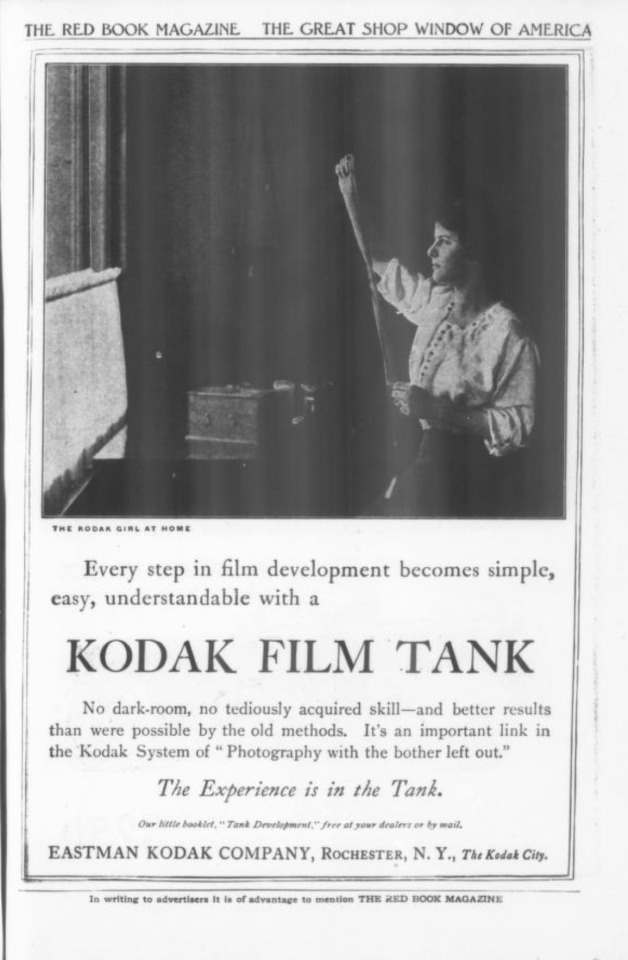
1913
The Red Book Magazine
#vintage#retro#black and white#kodak#history#film#photography#spilled ink#1910s#1913#20th century#women of history#New York#Writeblr#writers of tumblr#Art
1 note
·
View note
Text

1913 A meadow at Cragston, John Pierpont Morgan House, Highland Falls, New York. From vintag.es.com.
4K notes
·
View notes
Text

Muriel Rukeyser
3 notes
·
View notes
Text
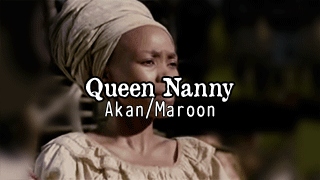

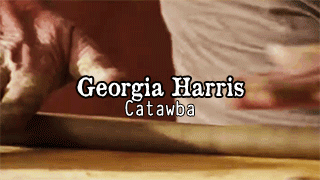


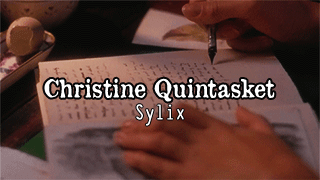

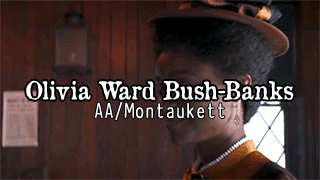
Historical Indigenous Women & Figures [6]:
Queen Nanny: the leader of the 18th century Maroon community in Jamaica, she led multiple battles in guerrilla war against the British, which included freeing slaves, and raiding plantations, and then later founding the community Nanny Town. There are multiple accounts of Queen Nanny's origins, one claiming that she was of the Akan people from Ghana and escaped slavery before starting rebellions, and others that she was a free person and moved to the Blue Mountains with a community of Taino. Regardless, Queen Nanny solidified her influence among the Indigenous People of Jamaica, and is featured on a Jamaican bank note. Karimeh Abboud: Born in Bethlehem, Palestine, Karimeh Abboud became interested in photography in 1913 after recieving a camera for her 17th birthday from her Father. Her prestige in professional photography rapidly grew and became high demand, being described as one of the "first female photographers of the Arab World", and in 1924 she described herself as "the only National Photographer". Georgia Harris: Born to a family of traditional Catawba potters, Harris took up pottery herself, and is credited with preserving traditional Catawba pottery methods due to refusing to use more tourist friendly forms in her work, despite the traditional method being much more labour intensive. Harris spent the rest of her life preserving and passing on the traditional ways of pottery, and was a recipient of a 1997 National Heritage Fellowship awarded by the National Endowment for the Arts, which is the highest honor in the folk and traditional arts in the United States. Nozugum: known as a folk hero of the Uyghur people, Nozugum was a historical figure in 19th century Kashgar, who joined an uprising and killed her captor before running away. While she was eventually killed after escaping, her story remains a treasured one amongst the Uyghur. Pampenum: a Sachem of the Wangunk people in what is now called Pennsylvania, Pampenum gained ownership of her mother's land, who had previously intended to sell it to settlers. Not sharing the same plans as her mother, Pampenum attempted to keep these lands in Native control by using the colonial court system to her advantage, including forbidding her descendants from selling the land, and naming the wife of the Mohegan sachem Mahomet I as her heir. Despite that these lands were later sold, Pampenum's efforts did not go unnoticed. Christine Quintasket: also known as "Humishima", "Mourning Dove", Quintasket was a Sylix author who is credited as being one of the first female Native American authors to write a novel featuring a female protagonist. She used her Sylix name, Humishima, as a pen name, and was inspired to become an author after reading a racist portrayal of Native Americans, & wished to refute this derogatory portrayal. Later in life, she also became active in politics, and helped her tribe to gain money that was owed them. Rita Pitka Blumenstein: an Alaskan Yup'ik woman who's healing career started at four years old, as she was trained in traditional healing by her grandmother, and then later she became the first certified traditional doctor in Alaska and worked for the Alaska Native Tribal Health Consortium. She later passed on her knowledge to her own daughters. February 17th is known as Rita Pitka Blumenstein day in Alaska, and in 2009 she was one of 50 women inducted into the inaugural class of the Alaska Women's Hall of Fame Olivia Ward Bush-Banks: a mixed race woman of African American and Montaukett heritage, Banks was a well known author who was a regular contributor to the the first magazine that covered Black American culture, and wrote a column for a New York publication. She wrote of both Native American, and Black American topics and issues, and helped sculptor Richmond Barthé and writer Langston Hughes get their starts during the Harlem Renaissance. She is also credited with preserving Montaukett language and folklore due to her writing in her early career.
part [1], [2], [3], [4], [5] Transphobes & any other bigots need not reblog and are not welcome on my posts.
553 notes
·
View notes